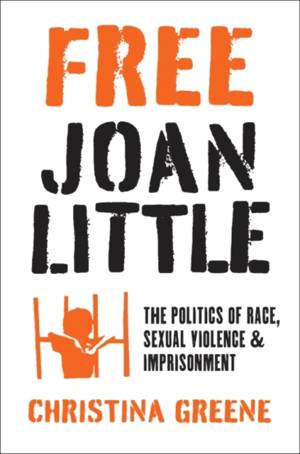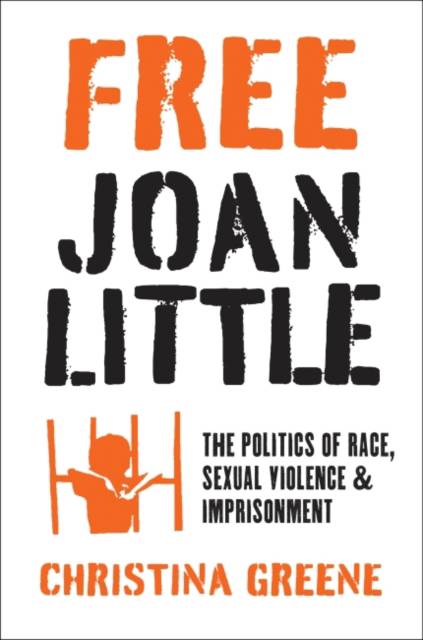
- Afhalen na 1 uur in een winkel met voorraad
- Gratis thuislevering in België vanaf € 30
- Ruim aanbod met 7 miljoen producten
- Afhalen na 1 uur in een winkel met voorraad
- Gratis thuislevering in België vanaf € 30
- Ruim aanbod met 7 miljoen producten
Zoeken
€ 53,45
+ 106 punten
Uitvoering
Omschrijving
Early on a summer morning in 1974, local officials found the jailer Clarence Alligood stabbed to death in a cell in the women's section of a rural North Carolina jail. Fleeing the scene was Joan Little, twenty years old, poor, Black, and in trouble. After turning herself in, Little faced a possible death sentence in the state's gas chamber. At her trial, which was followed around the world, Little claimed that she had killed Alligood in self-defense against sexual assault. Local and national figures took up Little's cause, protesting her innocence. After a five-week trial, Little was acquitted. But the case stirred debate about a woman's right to use deadly force to resist sexual violence.
Through the prism of Little's rape-murder trial and the Free Joan Little campaign, Christina Greene explores the intersecting histories of African American women, mass incarceration, sexual violence, and social movements of the 1970s and 1980s. Greene argues that Little's circumstances prior to her arrest, assault, and trial were shaped by unprecedented increases in federal financing of local law enforcement and a decades-long criminalization of Blackness. She also reveals tensions among Little's defenders and recovers Black women's intersectional politics of the period, which linked women's prison protest and antirape activism with broader struggles for economic and political justice.
Through the prism of Little's rape-murder trial and the Free Joan Little campaign, Christina Greene explores the intersecting histories of African American women, mass incarceration, sexual violence, and social movements of the 1970s and 1980s. Greene argues that Little's circumstances prior to her arrest, assault, and trial were shaped by unprecedented increases in federal financing of local law enforcement and a decades-long criminalization of Blackness. She also reveals tensions among Little's defenders and recovers Black women's intersectional politics of the period, which linked women's prison protest and antirape activism with broader struggles for economic and political justice.
Specificaties
Betrokkenen
- Auteur(s):
- Uitgeverij:
Inhoud
- Aantal bladzijden:
- 362
- Taal:
- Engels
- Reeks:
Eigenschappen
- Productcode (EAN):
- 9781469671314
- Verschijningsdatum:
- 22/11/2022
- Uitvoering:
- Paperback
- Formaat:
- Trade paperback (VS)
- Afmetingen:
- 156 mm x 234 mm
- Gewicht:
- 557 g

Alleen bij Standaard Boekhandel
+ 106 punten op je klantenkaart van Standaard Boekhandel
Beoordelingen
We publiceren alleen reviews die voldoen aan de voorwaarden voor reviews. Bekijk onze voorwaarden voor reviews.












